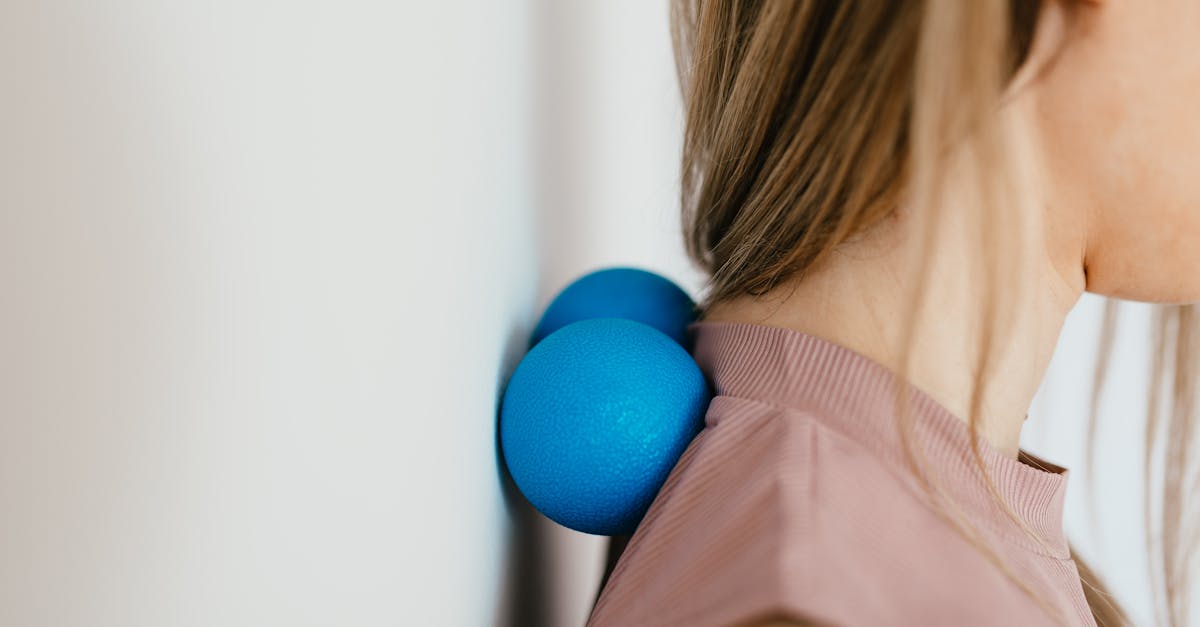Generally, it has been observed that people of all ages are suffering from back pain. It is the only ailment that can disrupt our daily activities and compel us to be motionless. Back pain has affected millions of individuals worldwide irrespective of their age, occupation, and lifestyle; this is due to its broad-ranging leading factors to back pain.
Moreover, it has been predicted that worldwide, in 2050, more than 800 people will have suffered from low back pain. Hence, there is a need to come up with the leading factors to back pain to minimize their severe impact in the future.
Back pain might vary from individual to individual based on the types of pain, ranging from sharp pain to constant aches and dullness.
Do you feel the same range of back pain and are in search of the factors that lead to back pain? If yes, you are at the right place. Here in this blog, I came up with the four underlying leading factors to back pain and compel you all to suffer.
Let’s explore the four underlying leading factors to back pain and avoid them so we can live a painless life with a healthy back.
Poor Postures as a Leading Factors to Back Pain
Poor posture is one of the leading factors of back pain, as it can cause an imbalance in the distribution of body weight over the spine. Consequently, stiffness and stress on muscles, joints, and tissues occur, which leads to pain. Poor posture can also lead to nerve problems, an even worse condition than the stiff muscle.
The unequal distribution of the body weight over the spine weakens the tissues at the back and puts individuals in discomfort and pain. Hence, it is essential to remain in a supported posture position to prevent chronic pain.
Common poor postures lead to back pain.
The most common poor postures that put you in back pain are under
- Lying on your belly while using a gadget or reading a book.
- Working on your laptop while sitting on your bed.
- Slump position while sitting on your couch or chair.
- Repetitive usage of one arm while cleaning.
- Concentrating the body weight on your leg while standing.
- Lifting heavy weights by bending back
Those mentioned above are some common poor postures that lead to back pain and generally seem to be genuine causes, which we all can observe in our daily lives.
Strain Muscles as a Leading Factors to Back Pain
Strain Muscles are the result of repetitive tasks or overuse of muscle. It can also occur due to incorrect muscle usage and accidents in sports, such as falling and lifting heavy weights.
Strain is the injury in the muscle that occurs due to overstretching or using beyond its limits. The muscle strain frequently occurs in the tendon, which is a connective tissue. In addition to the tendon, cervical muscles also tend to undergo strain.
The strain in the muscle can lead to an imbalance in the musculoskeletal system. As a result, the affected person can feel the pain. The micro-tears in the muscle fiber due to the strain can cause inflammation. The inflammation, in return, puts stress on nerves, which leads to pain.
Sedentary Lifestyles as Leading Factors to Back Pain
Living a sedentary lifestyle might bring joy but can gradually make you dull and stiff and decrease your flexibility. Individuals who prefer a sedentary lifestyle have weak abdominal muscles, buttocks, hamstring, and thighs, which are essential in supporting the spine.
Sitting for an extended period can also cause muscle imbalance, resulting in muscle aches. It also puts pressure on the spine and can put you in pain. The lack of physical activity can collapse many of the body’s functions, which leads to spinal problems.
Physical inactivity in individuals can cause muscle loss, as it is commonly said about muscles that “use it or lose it”. Hence, wasting muscles in the back due to sedentary behavior can lead to pain.
Obesity as a Leading Factor to Back Pain
Obesity is now a global issue that overlaps numerous other health issues with itself, including back pain. However, back pain and obesity are not directly linked to each other, but there are many cases where these both coincide.
According to a study in 2017, obesity is correlated with lower back pain and degenerative disc conditions. However, this study also fails to depict the direct relation between obesity and back pain.
Numerous theories claim that obesity can be a cause of back pain. The theories encompass
- Excess weight can alter an individual’s posture and can, therefore, become a leading factor in back pain.
- The excess weight can compress the disc by putting pressure on the joint in the spine.
Pulse Align Care System
One of the popular holistic approaches is the Pulse Align care system, which can provide the affected individual with lifetime relief by focusing on the root causes of the ailment.
Pulse Align is based on the interconnectivity of the brain and body. With this centered concept, it can reach the root causes that increase the pain in your body.
Are you fed up with the remedies and various ways of getting rid of back pain? Keep in mind Pulse Align is there to help you.
Conclusion
Concisely, to overcome the problem of back pain, which can limit all of our daily activities, we need first to trace out the underlying factors that put us in back pain. Preventing these factors can help to get rid of the back pain. The most frequently observed factors of back pain are poor posture, muscle strain, sedentary lifestyle, and obesity. All these factors direct us toward the pain.
References
Ferreira, M. L., de Luca, K., Haile, L. M., Steinmetz, J. D., Culbreth, G. T., Cross, M., … & Mahmoodpoor, A. (2023). Global, regional, and national burden of low back pain, 1990–2020, its attributable risk factors, and projections to 2050: a systematic analysis of the Global Burden of Disease Study 2021. The Lancet Rheumatology, 5(6), e316-e329. https://www.thelancet.com/journals/lanrhe/article/PIIS2665-9913(23)00098-X/fulltext
Sheng, B., Feng, C., Zhang, D., Spitler, H., & Shi, L. (2017). Associations between obesity and spinal diseases: a medical expenditure panel study analysis. International journal of environmental research and public health, 14(2), 183. https://www.mdpi.com/1660-4601/14/2/183
As the visionary CEO of Pulse Align, François is dedicated to transforming the landscape of pain management and posture health. With a deep-rooted passion for innovation and a commitment to excellence, François leads the team in developing cutting-edge solutions that empower individuals to live healthier, pain-free lives. Under his leadership, Pulse Align has become a beacon of hope and support for those navigating postural-related issues and chronic pain. François brings a wealth of experience in neuromodulation and patient management technologies, combining strategic insight with a compassionate approach to address the unique challenges faced by each individual.




